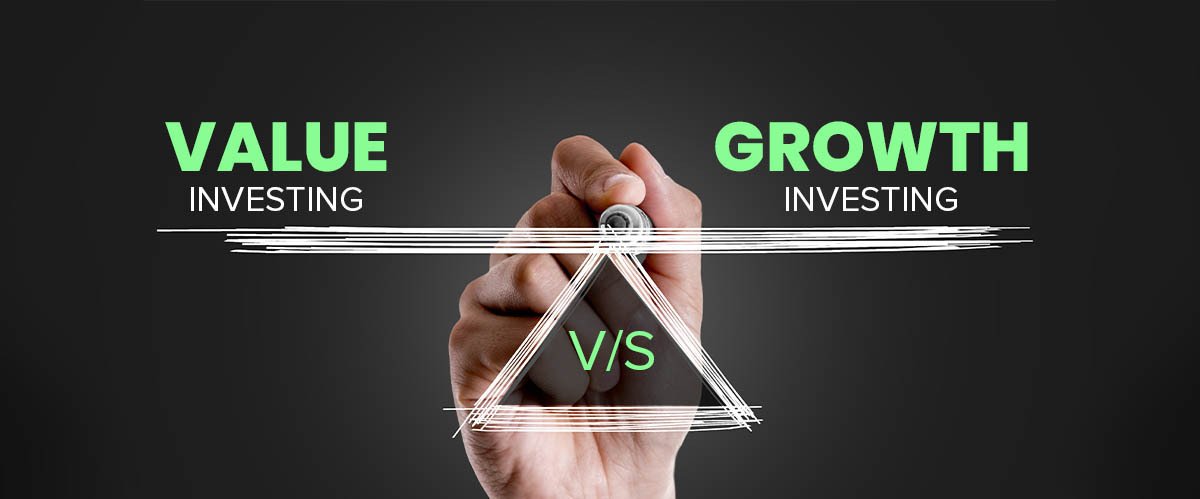When it comes to investing in the stock market, two popular approaches dominate investor conversations: Growth Investing and Value Investing. Both strategies have proven successful over time but appeal to different investor mindsets and goals.
In this blog, we’ll explore:
- What is Growth Investing?
- What is Value Investing?
- Pros and cons of each
- Historical performance comparisons
- Which strategy may suit you best
🔍 What is Growth Investing?
Growth investing focuses on buying stocks of companies expected to grow faster than the overall market. These companies typically reinvest profits to expand rather than pay dividends.
Characteristics of Growth Stocks:
- High earnings growth rate
- Often in emerging industries like technology or healthcare
- Higher Price-to-Earnings (P/E) ratios
- Potential for rapid capital appreciation
- Usually little or no dividends
Example:
Companies like Infosys (in early stages), Amazon, or Tesla (globally) often represent growth stocks.
🔎 What is Value Investing?
Value investing involves buying stocks that appear undervalued relative to their intrinsic worth. These stocks often trade at lower prices compared to fundamentals like earnings, book value, or cash flow.
Characteristics of Value Stocks:
- Lower P/E ratios compared to the market
- Often established, mature companies
- May pay regular dividends
- Market has temporarily undervalued them
- Potential for price appreciation when market corrects
Example:
Companies like ITC Ltd., Coal India, or State Bank of India often fall into value investing categories.
✅ Pros and Cons
| Strategy | Pros | Cons |
|---|---|---|
| Growth | High potential returns, ride emerging trends | Higher volatility, riskier, expensive valuations |
| Value | Safer, dividend income, less volatile | Can remain undervalued for long, slower growth |
📊 Historical Performance
- Studies show value investing outperforms growth over the long term historically, especially during bear markets.
- However, growth stocks often outperform during bull markets or economic expansions.
- The best approach can depend on market cycles, economic conditions, and investor risk tolerance.

🧠 Which Strategy Should You Choose?
| Investor Profile | Best Fit |
|---|---|
| Young, high-risk tolerant | Growth Investing |
| Conservative, seeking income | Value Investing |
| Balanced approach | Blend of Both |
💡 Tips for Beginners
- Consider diversifying your portfolio with both growth and value stocks.
- Use mutual funds or ETFs that focus on growth or value to reduce individual stock risk.
- Regularly review and rebalance your portfolio to align with your goals.
🧘 Final Thoughts
Neither growth nor value investing is universally “better.” Your choice depends on your investment horizon, risk appetite, and financial goals. A thoughtful blend of both can help you build a robust, resilient portfolio.
📘 Disclaimer:
This blog is for educational purposes only and is not financial advice. Please consult a SEBI-registered financial advisor before making investment decisions.








